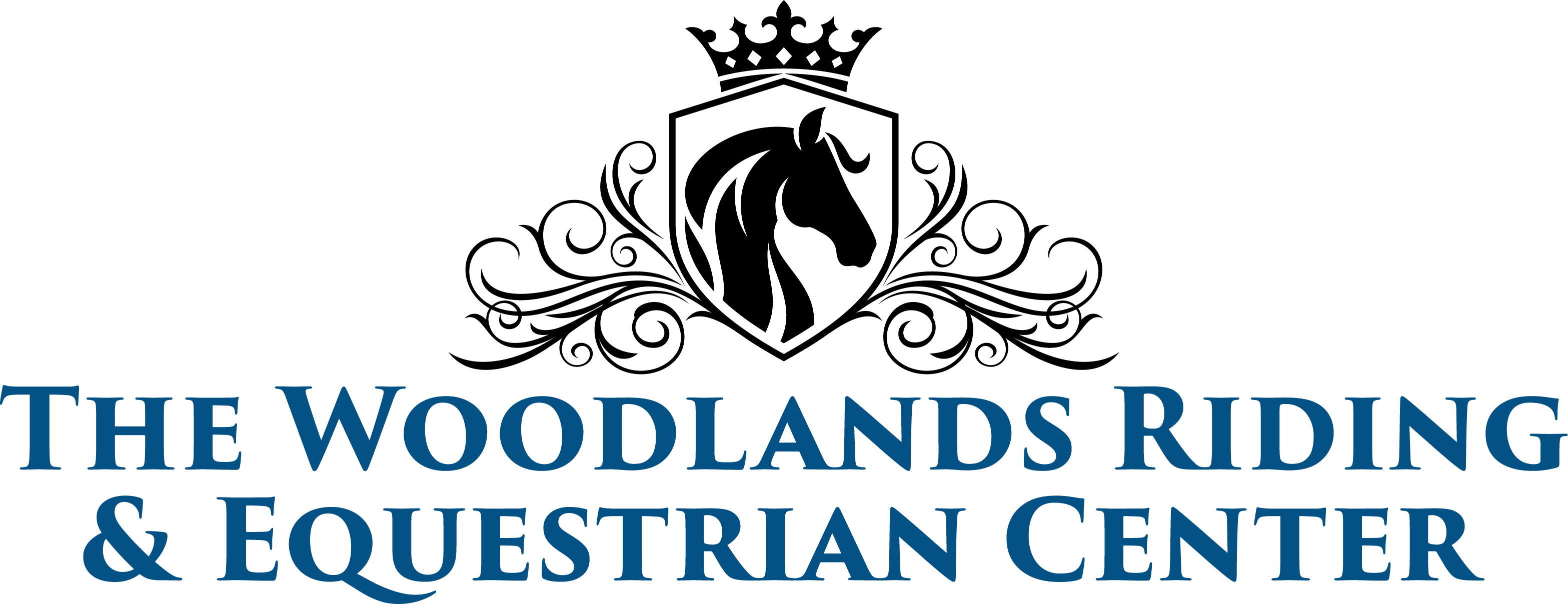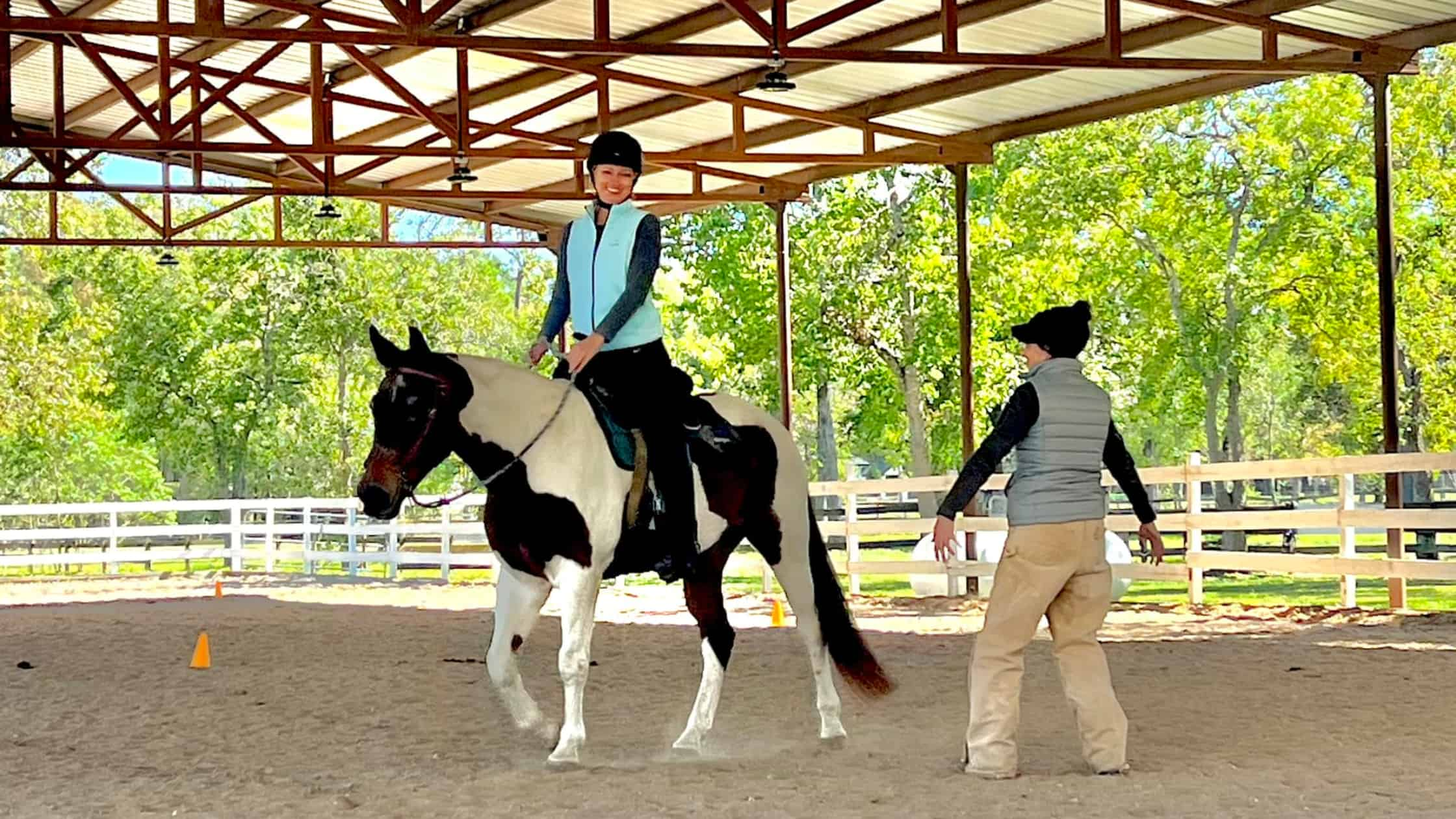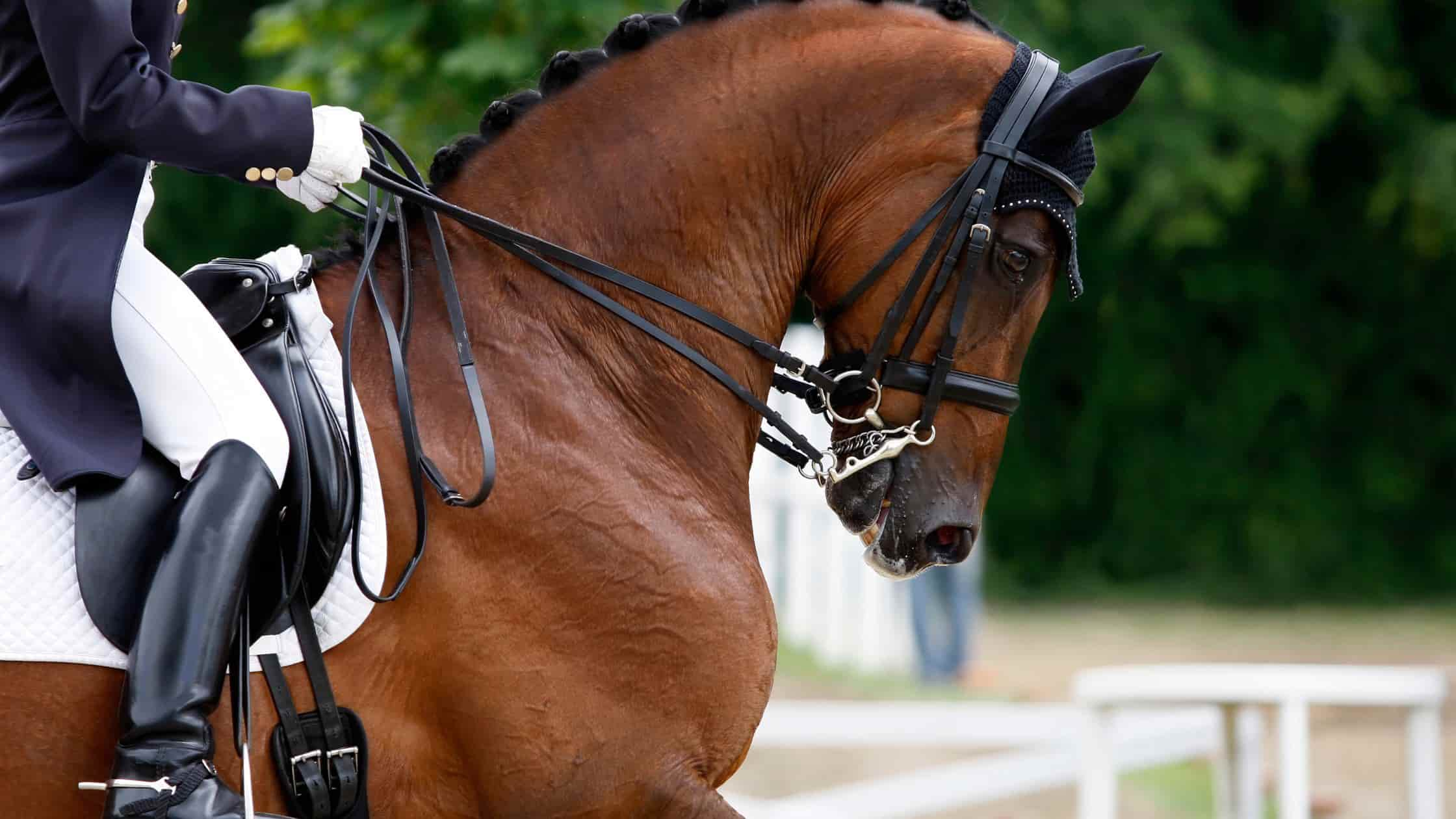Dressage is more than a sport—it’s an art form, a harmonious blend of precision, discipline, and grace. Behind every graceful movement and intricate routine is a foundation of rigorous training and conditioning. Whether you’re an aspiring dressage enthusiast or a seasoned equestrian looking to refine your horse’s performance, understanding the essentials of dressage conditioning is paramount. In this blog, we delve into what dressage conditioning entails, its importance, and the steps to ensure your horse is in top form, ready to dazzle in the arena.
What is Dressage Conditioning?
Dressage conditioning refers to the specialized training regimen tailored for horses participating in the sport of dressage. Unlike standard horse training, dressage conditioning emphasizes building specific muscle groups, enhancing flexibility, and increasing stamina. The aim is to prepare the horse for the rigorous and precise movements demanded in dressage routines. This type of conditioning not only focuses on the physical preparedness of the horse but also on mental training, ensuring that the horse can concentrate, follow cues, and execute complex sequences of movements with precision. Proper dressage conditioning is a combination of structured exercises, varied workouts, and adequate rest, ensuring the horse’s peak performance and well-being.
The Importance of Dressage Conditioning
In dressage, both rider and horse must be in peak condition. Proper conditioning is crucial not only for performance but also for the horse’s overall health. A well-conditioned horse can execute routines with accuracy and consistency, while also being less prone to injuries. Conditioning impacts muscle strength, stamina, and joint health, which are vital components for dressage.
Steps for Effective Dressage Conditioning
- Start Slow: For horses new to dressage or returning from a break, begin with low-intensity exercises. This approach helps prevent injuries and allows the horse to gradually adapt to increasing physical demands.
- Incorporate Varied Terrain: Different terrains challenge and engage various muscle groups. Using gentle slopes during training can help improve strength and balance.
- Flexibility Workouts: Incorporate exercises that focus on lateral movements and bends. These routines enhance flexibility and train the horse to respond to specific cues, which are essential for dressage.
- Cardio Training: To build endurance, add sessions of trotting, cantering, and galloping. This cardiovascular conditioning ensures the horse can maintain consistent energy levels during extended routines.
- Rest and Recovery: Overtraining can lead to injuries. Ensure your horse gets adequate rest, allowing muscles to recover. Consider integrating recovery methods like massages or cool-down walks to support this process.

Start Dressage Now at The Woodlands Riding Center!
Join our dressage lessons, perfect for beginners and experienced riders alike. Reserve your lesson today and start mastering the elegance of dressage!
The Role of Dressage Lessons in Conditioning
While independent conditioning is vital, dressage lessons provide structure and expert insights into the horse’s training regimen. Instructors can identify and address any weaknesses or imbalances in the horse, offering tailored exercises to address these areas. Lessons ensure that the horse and rider progress at a pace that’s both safe and effective.
Effective Conditioning for Successful Dressage
Dressage demands precision and a deep connection between rider and horse. Achieving proficiency isn’t just about natural talent or isolated practice. It relies heavily on dedicated and consistent conditioning. Building your horse’s strength, improving flexibility, and increasing stamina are fundamental steps to success in dressage. Utilizing dressage lessons provides specialized guidance and expertise, streamlining the conditioning process. By dedicating time to this structured approach, you’re aiming not just for improved performance but also for the overall health and longevity of your horse. In dressage, conditioning is a key component to ensuring both rider and horse reach their full potential.





